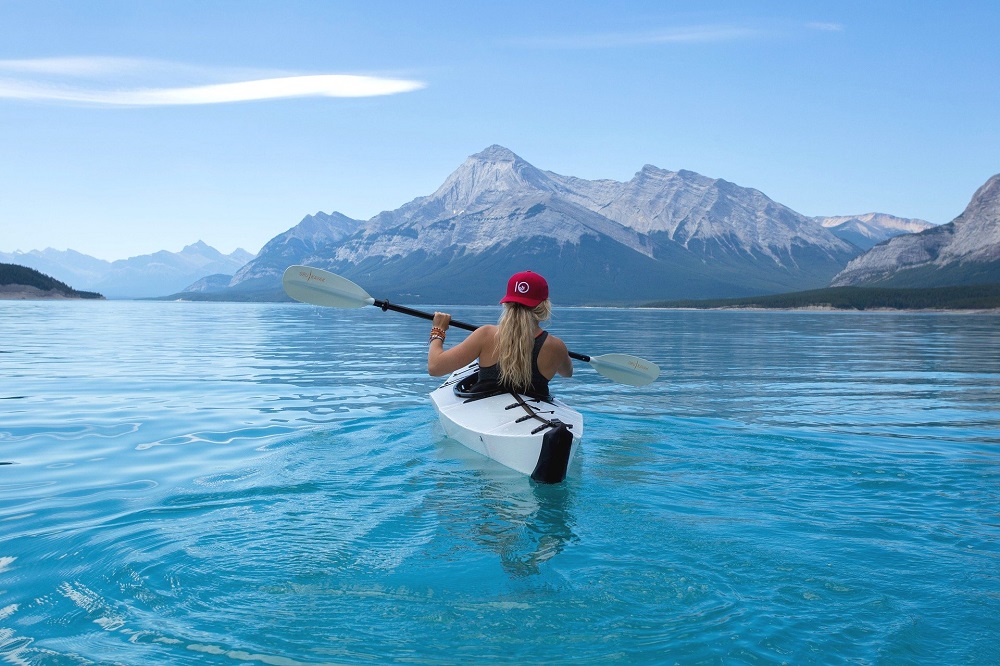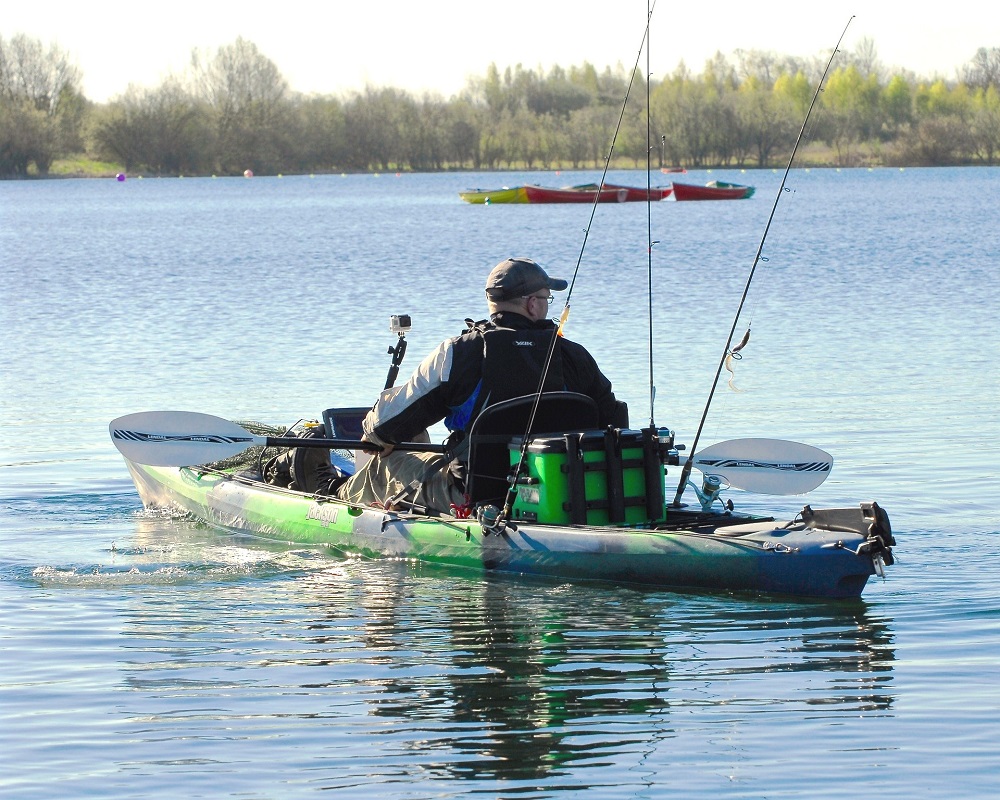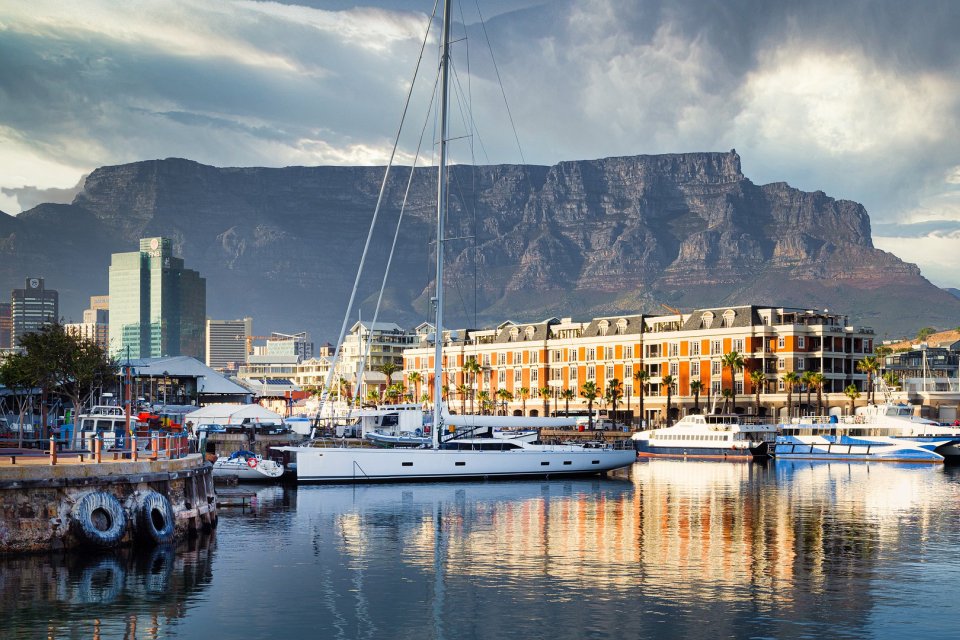Welcome to Kayaking
The word "kayak" originates in the Inuit and Aleut languages spoken by the indigenous peoples of the Arctic regions. The word Kayak has been adopted into English from the Inuit language.
The Inuit and Aleut people traditionally used these small, narrow kayak’s for hunting and carrying equipment in these icy waters. The original Inuit word, "qajaq" or "qayaq," referred to a hunting boat, specifically a type of one-person or two-person boat covered with a waterproof skin or other material. These traditional kayaks were constructed by making a wooden frame and covering with sealskin.
The design and construction of kayaks were well-suited to the Arctic regions; kayaks allowed the indigenous people to navigate icy waters and hunt sea mammals such as seals. Over time, as kayaking gained popularity globally, the term "kayak" became widely adopted in English and other languages to describe these versatile watercraft.
The Kayak
A kayak is a narrow and typically small watercraft that is propelled by a double-bladed paddle. It is designed for one or more paddlers to sit facing forward in a low, enclosed cockpit. Kayaks are popular for various water activities, including recreational paddling, touring, whitewater rafting, fishing and competitive racing.
Key features of a typical kayak include:
Hull Design
Kayaks come in various hull shapes, each suited to different types of water conditions. Common hull designs include flat, rounded, or V-shaped bottoms
Cockpit
The cockpit is the opening where the paddler sits. It can be open or enclosed, depending on the type of kayak. Sit-on-top kayaks have an open cockpit, while traditional kayaks often have a closed cockpit with a cockpit rim.
Deck
The top part of the kayak is called the deck. It can have features like hatches for storage, bungee cords for securing gear, and adjustable footrests for comfort.
Paddle
Kayakers use a double-bladed paddle to propel themselves through the water. The paddler alternates strokes on either side to move forward.
Length and Width
Kayaks vary in length and width, influencing their stability, speed, and manoeuvrability. Longer kayaks generally have better tracking (maintaining a straight course), while shorter ones are more manoeuvrable.
Materials
Kayaks are constructed from various materials, including plastic, fibreglass, carbon fibre, and wood. Each material has its own advantages and considerations in terms of durability, weight, and cost.
Type
There are different types of kayaks designed for specific purposes. Recreational kayaks are stable and easy to manoeuvre, suitable for calm waters. Touring kayaks are designed for longer journeys and open water. Whitewater kayaks are built for navigating rapids, while sea kayaks are designed for ocean exploration.
Sit-on-Top vs. Sit-Inside
Sit-on-top kayaks have an open cockpit, providing easy entry and exit and are often more stable. Sit-inside kayaks, on the other hand, have a closed cockpit, providing protection from water and weather.
Kayaking is a versatile and enjoyable water activity that allows individuals to explore various water environments, from serene lakes and rivers to challenging whitewater rapids and coastal.
What to look for when buying an inflatable kayak.
When buying an inflatable kayak, there are several important factors to consider to ensure that you make an informed decision.
Material and Durability
Check the material used in the construction of the inflatable kayak. High-quality PVC or Hypalon materials are commonly used for durability. Look for reinforced seams and multiple layers for added strength.
Weight Capacity
Consider the weight capacity of the kayak. Ensure it can comfortably accommodate the weight of the paddlers and any gear you plan to bring.
Size and Shape
Choose a kayak size and shape that suits your intended use. Longer kayaks generally track better and are faster, while shorter kayaks are more manoeuvrable.
Inflation and Deflation
Check the ease of inflation and deflation. Look for kayaks with reliable valves and a pump that is easy to use. Some kayaks come with multiple air chambers for added safety, so even if one chamber gets punctured, the kayak remains afloat.
Stability
Stability is crucial, especially for beginners. Look for features like a wider beam or a stable hull design to ensure better stability on the water.
Tracking and Manoeuvrability
Evaluate the kayak's tracking ability (how well it maintains a straight course) and manoeuvrability. Skegs or tracking fins can improve tracking, while a shorter kayak is generally more manoeuvrable.
Seats and Comfort
Check the quality and comfort of the seats. Adjustable and padded seats contribute to a more enjoyable paddling experience.
Accessories and Features
Consider additional features such as storage compartments, D-rings for attaching gear, and bungee cords for securing items on the kayak.
Brand Reputation and Reviews
Research the reputation of the brand and read reviews from other users. This can give you insights into the reliability and performance of the inflatable kayak.
Warranty
Look for a kayak that comes with a warranty. A good warranty can provide peace of mind in case of Determine your primary use for the kayak, whether it's for recreational paddling, fishing, whitewater adventures, or touring. Different kayaks are designed for different purposes.
By considering these factors, you can make a well-informed decision and choose an inflatable kayak that suits your needs and preferences.
How are Kayaks made - The Manufacturing Process.
Material Selection
Plastic (Polyethylene): Most recreational kayaks are made from high-density polyethylene through a process called rotational moulding (roto-moulding).
Composite Materials
Higher-end kayaks often use composite materials like fibreglass, carbon fibre, or Kevlar for lighter weight and increased performance.
Moulding
For plastic kayaks, the roto-moulding process involves heating a plastic powder inside a mould that is rotated to ensure an even distribution of the material. The plastic adheres to the mould’s shape as it cools and hardens. Composite kayaks are typically built using a mould that is coated with layers of fabric (fibreglass, carbon fibre, etc.) and resin. The layers are built up to the desired thickness, starting with the Gelcoat which gives the kayak its finished colour and smoothness.
Trimming and Finishing
After moulding the kayak is trimmed to remove excess material. Any rough edges or imperfections are smoothed out. Hatches, seat attachments, footrests, and other components are added during this stage.
Assembly
Different parts of the kayak, such as the hull and deck, are joined together, and any additional features like bulkheads or skegs are installed.
Quality Control
The finished kayaks undergo quality control checks to ensure they meet safety and performance standards.
It's worth noting that there are variations in manufacturing processes based on the type of kayak, intended use (recreational, touring, whitewater, etc.), and the materials used. Additionally, innovations in materials and manufacturing techniques may have changed since my last update.
Kayaking - Essential Items and Clothing to take
When going kayaking, it's important to be well-prepared to ensure safety and comfort on the water. Here's a list of essential items and clothing to take kayaking
Essential Items
Kayak and Paddle
Choose a kayak suitable for your skill level and the type of water you'll be paddling. Ensure you have a properly sized and comfortable paddle.
Personal Flotation Device (PFD)
A Coast Guard-approved PFD is crucial for safety. Make sure it fits snugly and is in good condition.
Spray Skirt
If you're using a sit-inside kayak, a spray skirt helps keep water out of the cockpit, especially in rough conditions.
Bilge Pump
A hand-operated bilge pump helps remove water from the kayak, keeping it dry and stable.
Paddle Float
This inflatable device attaches to your paddle, providing additional buoyancy to help you re-enter the kayak if you capsize.
Dry Bag
Keep essential items like a phone, keys, wallet, and extra clothing dry by stowing them in a waterproof dry bag.
Navigation Tools
A map, compass, or GPS can help you navigate and stay on course, especially in unfamiliar waters.
Safety Whistle
A loud whistle is essential for signalling for help in case of an emergency.
First Aid Kit
Carry a basic first aid kit with items like bandages, antiseptic wipes, and any necessary personal medications.
Sun Protection
Sunscreen, sunglasses, and a wide-brimmed hat help protect against the sun's rays. Very important in a kayak.
Water and Snacks
Stay hydrated by bringing enough water, and pack easy-to-eat snacks for sustained energy.
Multi-Tool or Knife
A versatile tool can be handy for various situations, such as cutting rope or opening packages.
Tow Line or Towing System
In case you need assistance or need to tow another kayak, a tow line is essential.
Clothing
Quick-Drying Clothing
Wear moisture-wicking, quick-drying clothing to stay comfortable on the water.
Water Shoes
Protect your feet and provide traction on slippery surfaces. Water shoes should have a secure fit and drainage holes.
Paddling Gloves
Help protect your hands from blisters and provide a better grip on the paddle.
Hat with a Brim
A hat with a brim helps shield your face from the sun and keeps water out of your eyes.
Waterproof Jacket
In case of rain or splashing water, a waterproof jacket helps keep you dry and warm.
Wetsuit or Drysuit
Depending on water temperature, wear a wetsuit or drysuit to stay warm in colder conditions.
Layered Clothing
Dress in layers to adjust to changing weather conditions. Bring extra layers in a dry bag in case of unexpected temperature drops.
Remember to check the weather forecast, let someone know your paddling plans, and be aware of the water conditions before heading out on a kayaking trip.
The Imardex Marine Team







